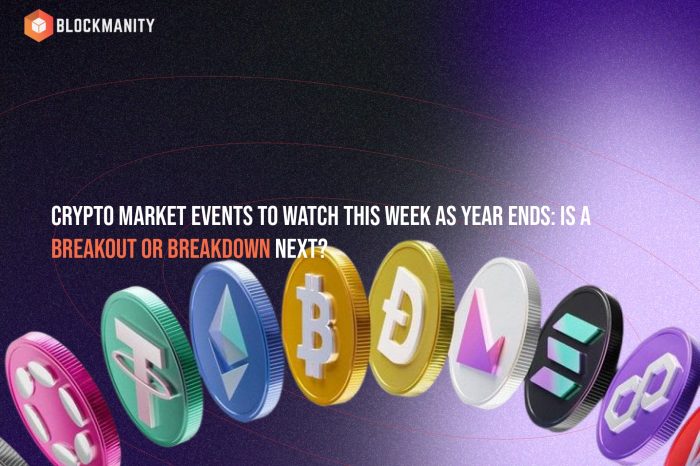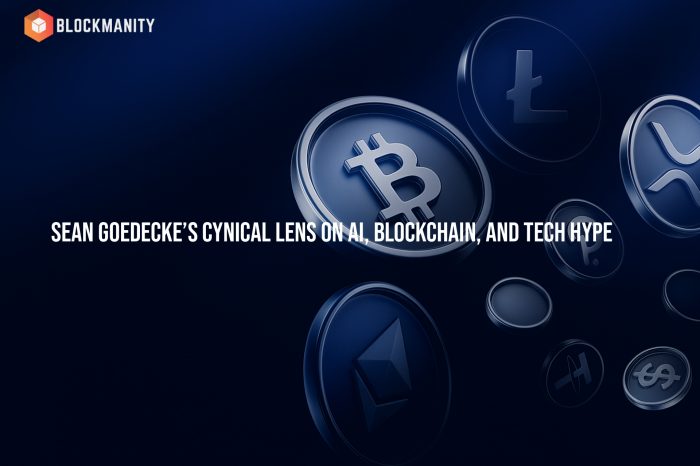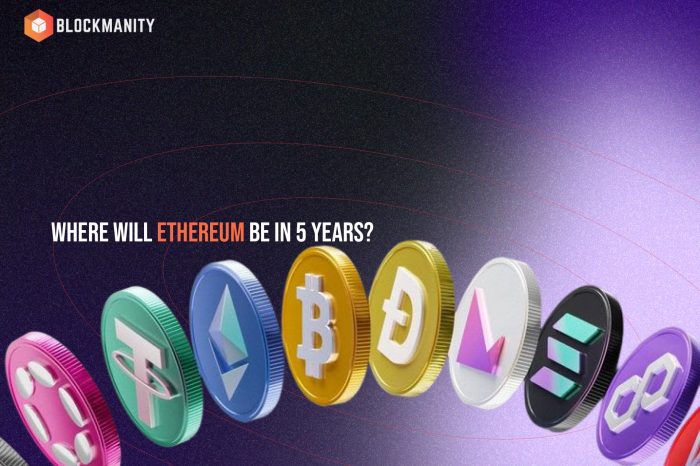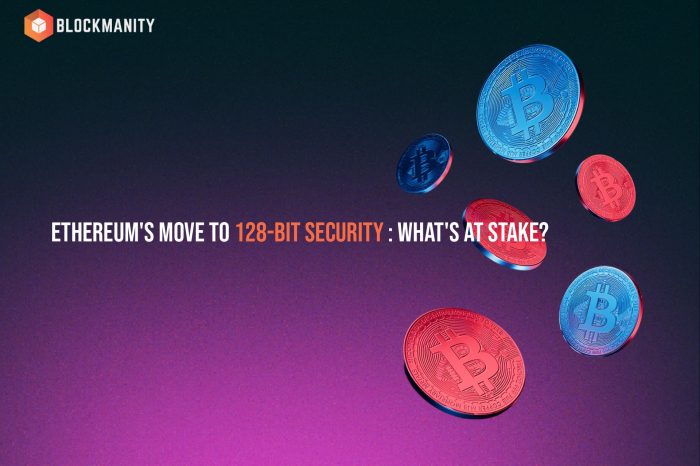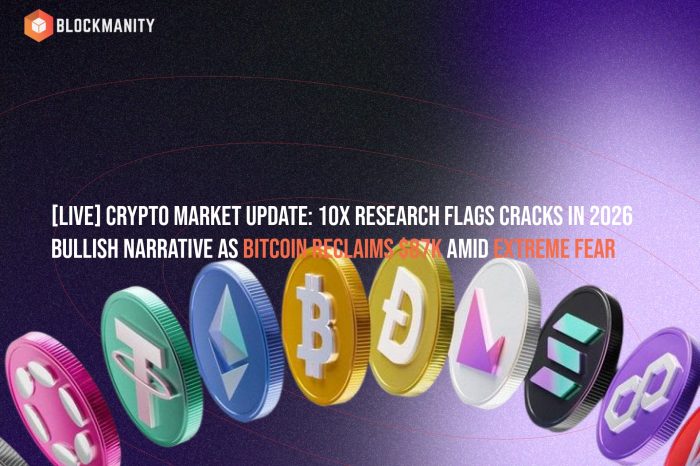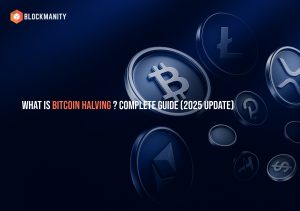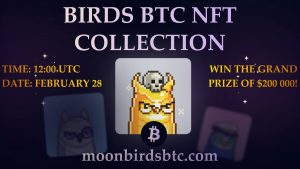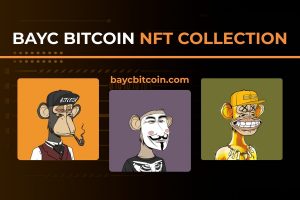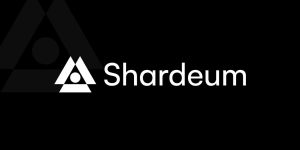Zygot CTO talks about Matic Partnership and why they chose Ethereum over EOS
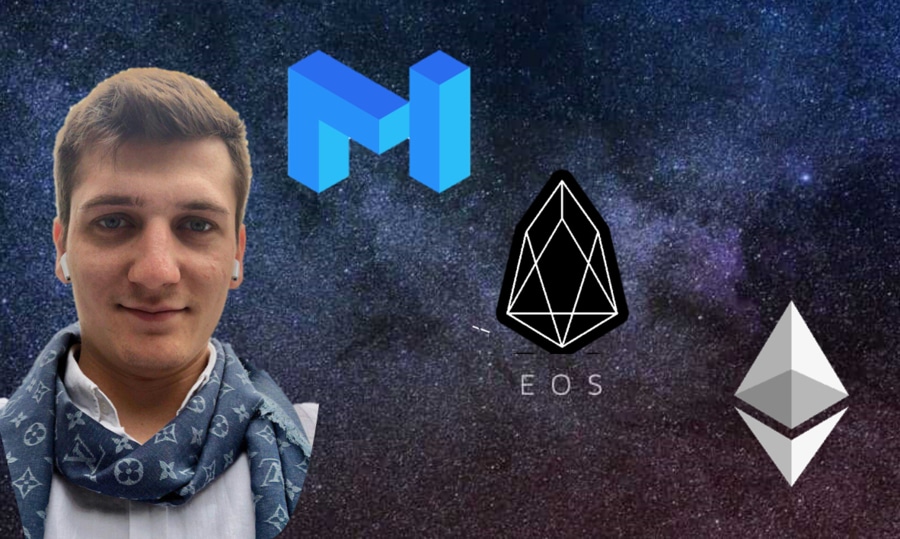
Blockchain and tokenization technologies are gaining momentum with various legacy businesses building next-generation solutions using the new technology. Zygot is one such platform that is trying to enable ERP solutions using Blockchain technology. The company (previously known as Vertex) has been building ERP solutions for over 25 years and is now trying to rebrand itself and innovate over existing software systems.
Denko Mancheski is the CEO of Zygot, his father started Vertex in 1998 which has over 400 existing company clients. Denko was also the CTO of two other companies namely Viewly and Adelphoi.io before co-founding Zygot. We at Blockmanity got a chance to catch up with Denko for an interview.
Blockmanity: What is Zygot and what problem is Zerp trying to solve?
Denko: Zygot is an enterprise resource planning software that is improving all the problematic aspects that the current ERP providers have, one of them is modularity. Usually, ERPs are very rigid and hard to integrate with other third-party software so what we want to do is build a new ERP which is modular and open-source, meaning that other parties will be able to build modules, plugins and join the ecosystem of apps. The existing providers are closed and it’s hard to integrate or build on their platforms, Our approach is following the decentralized way of expanding the ecosystem of enterprise apps.
Blockmanity: Zygot’s parent company has been in the ERP scene for over 25 years, could you elaborate on why you decided to use Blockchain?
Denko: The first version of the software was released in 1998, the company already has over 400 existing clients and around 6000 enterprise users. Due to the requirements of the clients, we had to improve the architecture and make it more modular. Now we want to improve it with all the new technologies and get access to the new paradigm of how software should be developed. We are rebranding the company from Vertex to Zygot.
Triple entry accounting -Blockchain for the first time ever enables triple-entry accounting which is a very natural way of progression to the next generation accounting for us, we want to use Blockchain for our accounting module but still keep it seamless without any hindrance in the user experience.
Market Place – We want to host a market place on the Blockchain which is an app store for enterprise apps. With this approach, companies that are developing niche-specific enterprise solutions (eg: mobile apps for restaurants) will be able to effortlessly adapt their software for ZERP Engine and be able to distribute it through our network of clients. Also, by powering the ecosystem on the blockchain, we show that we don’t want to be a monopoly and own the whole ecosystem for ourselves like some other conglomerates do.
Interoperability – Through the Blockchain, we can allow for interoperability between companies, for example, if you have a supplier for goods and services instead of sending the invoice through the email you are able to do it through the software by injecting the invoice directly into the system and have proof of.
Blockmanity: Initially you started building on the EOS Blockchain but changed to Ethereum, why did you decide to make that change?
Denko: Initially, we started building our Proof of concept on the EOS Blockchain. We chose EOS for mainly two reasons – first we needed free transactions and second, we needed fast block times. When we started building, we found it hard to build on EOS as their ecosystem is still not as mature as Ethereum. On the other side, the security of EOS was not satisfactory by our clients.
Hence we decided to have our own Blockchain based on the Tendermint consensus layer which allows us to build on any programming language.
Blockmanity: Zygot has partnered with Matic network which is a layer two Blockchain solution Could you tell us more about how you plan to leverage this partnership?
Denko: We have already started building the first feature – an invoice exchange on Matic network. It is being used by some test customers who are happy because they are able to skip all of the slow, error-prone and rigid processes when dealing with invoices.
We want our utility token to be able to transact fast since the engine operations will output high volume of transactions. We can lock the ERC 20 tokens on the main Ethereum chain and have a cloned token on the Matic network which will be used as resource for the operations. Matic is not only a proof of stake Blockchain but also provides finality on the main chain which allows us to get the security of the main chain and also faster transactions.
We think the Tendermint and Matic combo is the perfect choice at this point in time.
Blockmanity: How many other projects did you consult before choosing Matic and why did you choose Matic?
Denko: We looked into other solutions like Harmony, but Matic was the first layer two solution that got selected by Binance’s incubation program. We met with the Matic team in New York and got pretty close throughout the whole week. We talked about the kind of support our team will need and how the whole collaboration will work.
Since we have a good relationship with the team and they have a decent product, it was a no brainer to partner with them.
Blockmanity: Could you explain more about the Zygot token and its use-cases?
Denko: We have multiple noncorrelated use cases for the token
Gas – On our Tendermint-powered Blockchain, the token will be used for gas, all the operations on the Blockchain engine will be paid with the token similar to Ethereum’s gas.
Market Place – When we release the SDK that developers will be able to build or integrate their existing software on top when they publish their own modules on the market place other users that would like to use the modules will have to pay with the token. Also, the development team will have to stake a certain amount of tokens, which incentivizes quality of service and long term commitment to the ecosystem.
Governance Mechanism – It will also act as a governance utility around all the rules set in the market place, engine architecture and protocols. For example, we will have a decentralized quality assurance team that in order for them to participate and earn, they will have to stake some tokens. There will also be changes made in the ecosystem where the token will have a role as a governance token.
Blockmanity: You are planning an IEO for your token, on which exchange do you plan to launch your token and by when?
Denko: As of now, we are talking to private investors, we want to get into the Binance Launchpad. Currently, we are focused on getting into their incubator program, we think we have a high probability of getting selected.
Our estimate is that we will be able to do an IEO in about 3-5 months from now.
Discuss this news on our Telegram Community. Subscribe to us on Google news and do follow us on Twitter @Blockmanity
Did you like the news you just read? Please leave a feedback to help us serve you better
Disclaimer: Blockmanity is a news portal and does not provide any financial advice. Blockmanity's role is to inform the cryptocurrency and blockchain community about what's going on in this space. Please do your own due diligence before making any investment. Blockmanity won't be responsible for any loss of funds.

